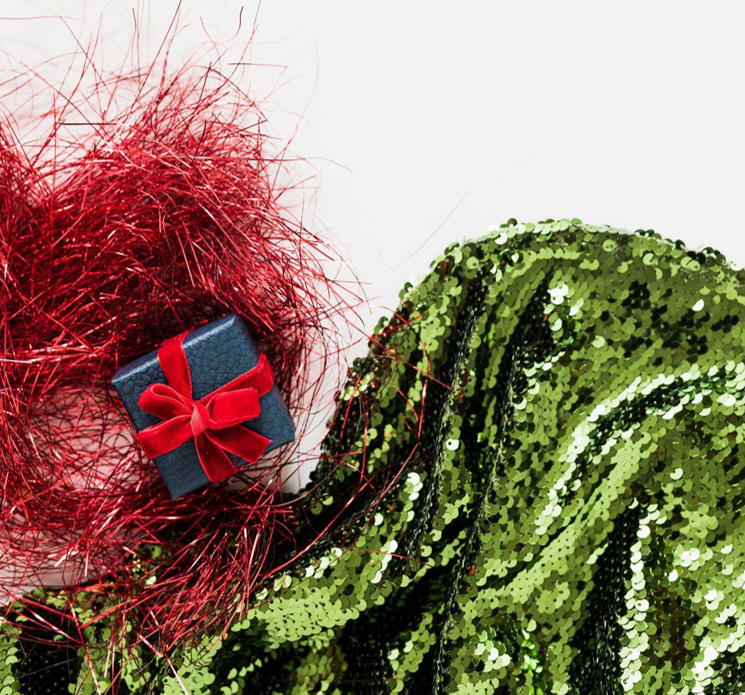A Brief History of Artificial Christmas Trees
For centuries, the Christmas season was celebrated with live trees cut down and brought into homes for decoration. However, as early as the 19th century, people realized the environmental impact of cutting down trees yearly and the fire hazard of keeping a live tree indoors.
It was amid these concerns that the artificial Christmas tree was born. The earliest artificial trees were made from feathers dyed green and goose quills for branches. As time passed, manufacturers began using other materials, such as aluminum, tinsel, and toilet brushes!
However, the first mass-produced artificial trees appeared in the 1930s. These trees were made from brush bristles dyed green and attached to wire branches. The branches were then attached to a central pole, creating a collapsing hinge system that allowed the tree to be quickly removed and stored in a box.
The Evolution of Artificial Trees
Since the 1930s, artificial trees have come a long way. Today, there are countless options available to suit every taste and budget. Here are some of the most significant developments in the evolution of the green artificial Christmas tree:
1. Materials
Modern artificial trees are made from various materials, including PVC, polyethylene, and recycled plastic bottles. These materials offer a more realistic look and feel than earlier tree designs, and they’re also more durable and longer-lasting. Some high-end trees even have “real feel” technology and built-in lighting for convenience.
2. Size and Shape
Artificial trees come in various sizes and shapes, from small tabletop trees to towering 12-foot giants. Trees can be slim, complete, or somewhere in between and can even be custom-designed to fit a particular space or style.
3. Environmental Considerations
Today’s consumers are more environmentally conscious than ever, and manufacturers have taken note. For example, many artificial trees are now made from eco-friendly materials; some companies even plant trees for every artificial tree sold. Additionally, LED lighting options, which use less energy and last longer than traditional Christmas lights, have become increasingly popular.
4. Design and Decorations
Finally, beyond the basic shape and size of the tree, manufacturers have also begun to incorporate more intricate and creative designs. Some trees come pre-decorated with everything from lights and tinsel to ornaments and ribbons. Others feature built-in music and animation to create a truly immersive holiday experience. In conclusion, the evolution of artificial Christmas trees has been a fascinating journey, from the earliest feather and quill designs to the dazzling options of today. But, regardless of the type of tree you choose, the most important thing is the memories you create with your loved ones as you celebrate the joyous holiday season year after year.
